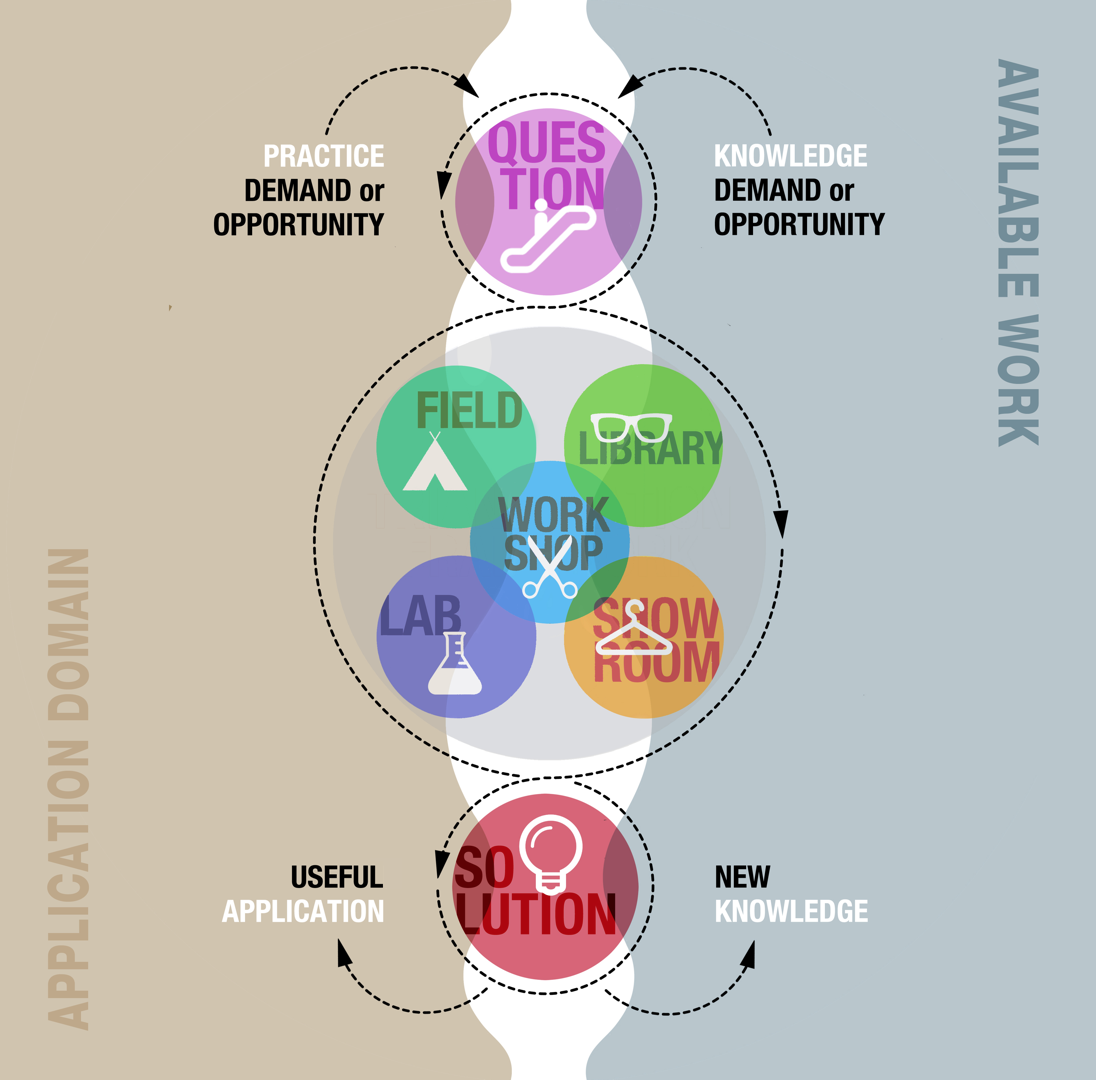Het arrangement 1.1.4 Goal-oriented reading is gemaakt met Wikiwijs van Kennisnet. Wikiwijs is hét onderwijsplatform waar je leermiddelen zoekt, maakt en deelt.
- Auteur
- Laatst gewijzigd
- 23-09-2020 18:36:42
- Licentie
-
Dit lesmateriaal is gepubliceerd onder de Creative Commons Naamsvermelding 4.0 Internationale licentie. Dit houdt in dat je onder de voorwaarde van naamsvermelding vrij bent om:
- het werk te delen - te kopiëren, te verspreiden en door te geven via elk medium of bestandsformaat
- het werk te bewerken - te remixen, te veranderen en afgeleide werken te maken
- voor alle doeleinden, inclusief commerciële doeleinden.
Meer informatie over de CC Naamsvermelding 4.0 Internationale licentie.
Aanvullende informatie over dit lesmateriaal
Van dit lesmateriaal is de volgende aanvullende informatie beschikbaar:
- Toelichting
- Als student, maar ook in de rest van je leven, zul je veel lezen om nieuwe kennis en vaardigheden op te doen, zodat je de nodige informatie kunt opdoen om goede oplossingen te ontwikkelen en up-to-date blijft met recente ontwikkelingen. ICT is een erg snelveranderend vakgebied. In deze HBO-ICT bouwsteen voor Onderzoek in Onderwijs leer je de basisleesstrategieen voor doelgericht lezen (scannend en begrijpend lezen).
- Leerniveau
- HBO - Bachelor;
- Eindgebruiker
- leerling/student
- Moeilijkheidsgraad
- gemiddeld
- Studiebelasting
- 2 uur 0 minuten
- Trefwoorden
- bouwsteen, hbo ict oio, informatievaardigheden, leesstrategieen, lezen, onderzoek, onderzoek toepassen
Gebruikte Wikiwijs Arrangementen
Saxion HBO-ICT. (2020).
1.1.4 Doelgericht lezen



